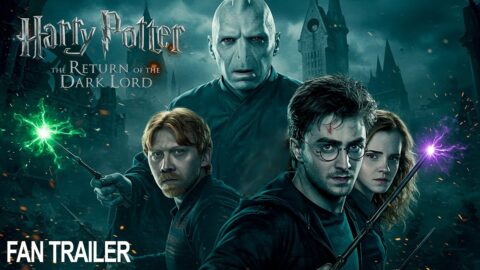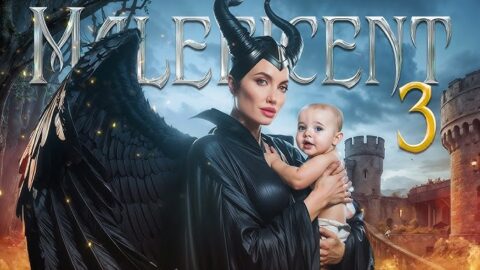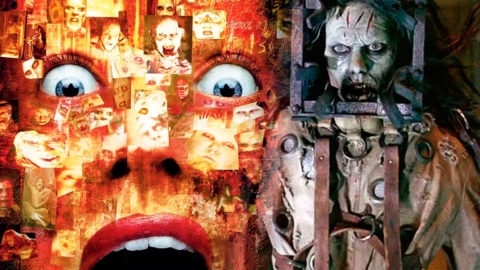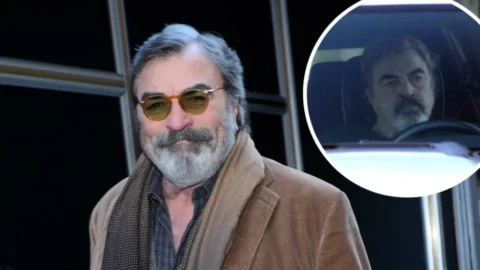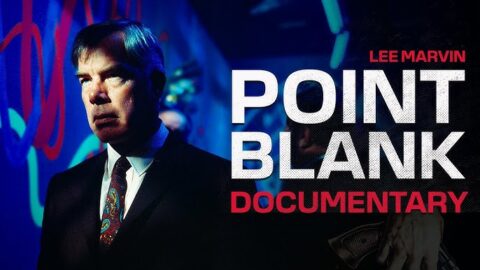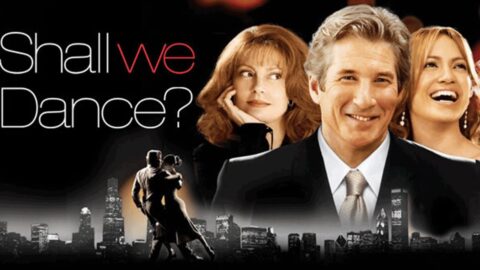Blue Is the Warmest Color (2013) – A Raw and Intimate Coming-of-Age Love Story
Directed by Abdellatif Kechiche and based on the graphic novel by Julie Maroh, Blue Is the Warmest Color is an emotionally charged, deeply personal journey through love, identity, passion, and heartbreak. Winner of the Palme d’Or at the 2013 Cannes Film Festival, the film is best known for its fearless performances, immersive storytelling, and its honest, often painful portrayal of young love.
The story follows Adèle (Adèle Exarchopoulos), a French teenager who drifts through life until she meets Emma (Léa Seydoux), a confident, blue-haired art student who opens her eyes to desire, sexuality, and self-discovery. What begins as a magnetic attraction grows into a tumultuous relationship that spans years, shaped by the highs of first love and the quiet devastation of emotional disconnect.
What makes Blue Is the Warmest Color stand out is its raw authenticity. Kechiche’s direction opts for a naturalistic, almost voyeuristic approach—long takes, close-ups, and improvised dialogue pull viewers into Adèle’s inner world. The camera rarely leaves her face, allowing us to see every flicker of uncertainty, longing, and pain. Adèle Exarchopoulos gives a heart-wrenching, fearless performance, while Léa Seydoux matches her in emotional depth and presence. Together, they create a chemistry that is both electric and devastatingly real.
Though the film gained significant attention for its explicit sex scenes, reducing it to that misses its greater emotional core. The intimacy shown is not just physical—it’s emotional vulnerability laid bare, portraying not just connection but also the strain, imbalance, and disillusionment that can emerge over time. The love story isn’t idealized. It’s messy, passionate, and filled with the confusion and aching honesty of youth.
The film is also an exploration of class, ambition, and artistic identity—Adèle and Emma come from different worlds, and those unspoken divisions quietly shape the trajectory of their relationship. As Emma thrives in an intellectual, bohemian sphere, Adèle begins to feel increasingly adrift and isolated.
Blue Is the Warmest Color is not a simple romance. It is a tender, sometimes brutal exploration of how people grow—together and apart. It captures the euphoria of love and the devastation of its loss, offering a portrayal of queer romance that is as specific as it is universal. Heartfelt, vulnerable, and unforgettable, it remains one of the most affecting films of the past decade.

